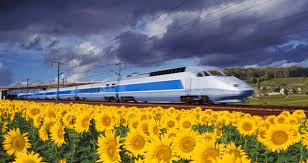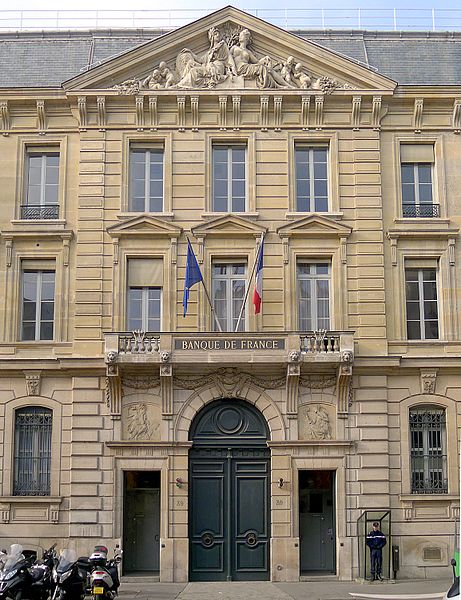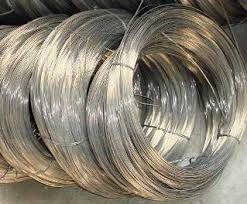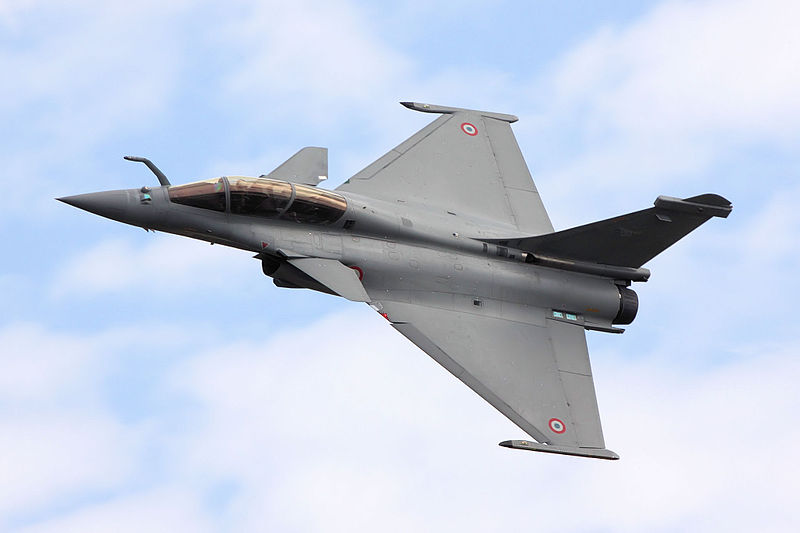France and Its Economy






The transport sector of France is properly developed. The entire country is well connected with highways and railways. France developed high speed train and cities are connected with high speed trains. Important European cities are connected to Paris by railway network. The cities have trams and underground railway systems. The Charles de Gaulle International Airport near Paris is connected to important cities of Europe. All the important cities of the world are connected by air links to Paris. This airport is one of the busiest airport of the world. The Atlantic coast and the Mediterranean coast have active ports. The rivers are developed as inland water transport channels. The telecommunication, internet and satellite communication systems are found to be world class in France. The transport and communication systems are developed and managed by the government of France. The service sector provides employment to two-third of the workforce of France. This sector covers areas like administration, management, education, health care, retail, wholesale, distribution of goods, packaging, transport, airlines, catering, tours, hotels, restaurants, entertainment, data handling, computing and software system. Major concentration of the service sector is in cities and urban centers. The maximum concentration of service sector is in the Paris region. The government of France manages administration through the civil services. The civil services include administration, judiciary, postal services, local government, audit, inspection, police and diplomatic services.
The Finance sector contributes one third of the GDP of France. But it employs less than 13 percent of the work force. Some of the highest paid employees are from the finance sector. Finance sector includes Banks, Insurance and Stock Exchange. The Central Bank of France is the Banque de France. Important commercial banks are Credit Agricole, BNP Paribas and Societe Generale. Major insurance companies like Axa, CNP and AGF work in the insurance sector in France and other countries. The Bourse de Paris is the most important stock exchange of France. There are other stock exchanges opened branches in Paris. Stock exchange branches are there at Lyon, Bordeaux, Lille, Marseille, Nancy and Nantes. France invested in many foreign countries in industries, mining and finance sectors. Many foreign companies invested in France in the sectors like engineering, electronics, chemicals and construction. The companies from USA, UK, Japan, Germany, Italy, and the Netherlands invested in many projects in France.
Agriculture is a major activity of France. Fertile soil, suitable climate and hard working people, helped France to become a leading agriculture producer in Europe and world over. France is the third largest exporter of agro-products in the world. The wheat, cereals, fruits, sugar beet, potato, dairy products, poultry, meat, fish and wine grapes are major agricultural products of France. Exports of Wine, Poultry, Meat and Dairy products are made to European countries and Middle East countries. Champagne and Bordeaux wine are very popular in the world. Around 4 percent of the population is engaged in agriculture, processing, packaging, and transportation of agro-products. Around 4 percent of the GDP is contributed by the agro based industries. Timber and forest products are extracted from the forest areas. France also exports timber products to other countries.
The automobile sector employs large number of people. Railway, locomotives, coaches, wagons, and wagon wheels are produced for local uses and export purposes. Engines, coaches and rails for high speed train are also produced in France. France leads in chemical industries with varieties of basic organic and inorganic chemicals. Fine chemicals, perfumes and Pharmaceuticals are produced in sufficient quantity. Paints, dyes and varnishes are also produced and exported to European and African countries. Research is carried out in chemical, pharmaceuticals and perfumes. The chemical industries are distributed in Paris region and regions like Nord-Pas-de-Calais, Etang-de-Berre and Rhone-Alps. Pharmaceutical industries are concentrated near Paris. Research facilities are also active in Paris region.
Steel industries are found near iron ore deposits in Lorraine region. But new steel plants are established near ports to utilize the imported iron ores and coking coal and scrap materials. Aluminium industries are found in Rhone -Alps and Ile-de-France region. Paris and its adjacent areas are popular for electrical and electronics industries. Aerospace and aircraft industries are active in Tolouse and Bordeaux region. Satellites, Missile systems, helicopters and parts of aircraft are produced in Paris region. The textile industries are spread over Rhone-Alps and northern France region. Fashion industries are found active in Ile-de France region. Construction and civil engineering works are mostly in cities and urban centres. Wine production is popular in northern and north-eastern region of France. Food and beverage industries are successful in western France region. Food processing units are also active in Britany, Basse-Normandie and Paris. Food processing and meat processing units are active in rural areas. These units are closer to raw material sources and low cost of production due to cheaper labour and lower level of tax. The economy of France is dependent upon agriculture, industries, services, international trade and tourism. Due to balance management of all these sectors, the economy of France grows steadily